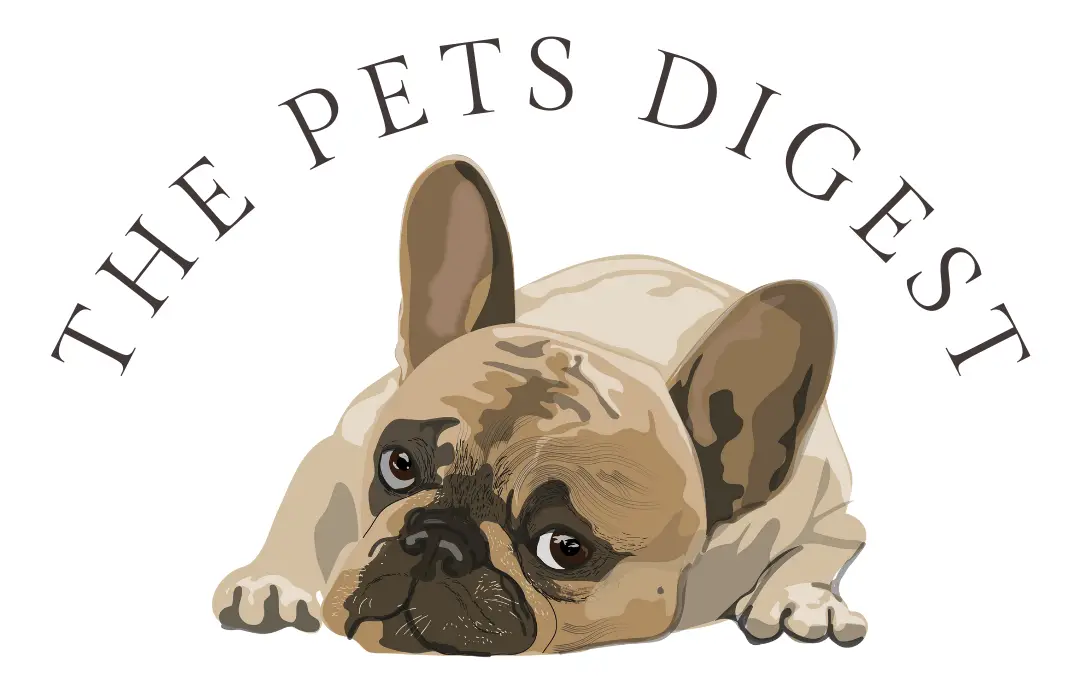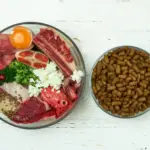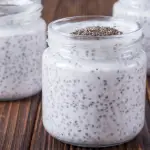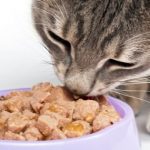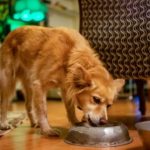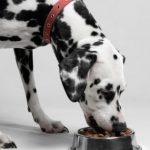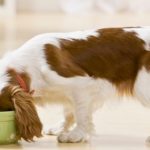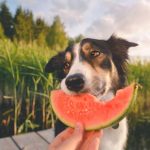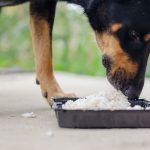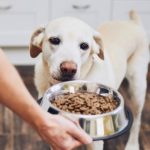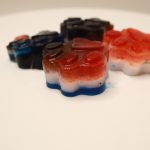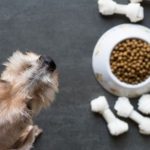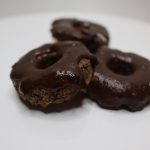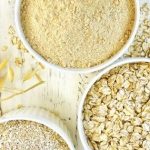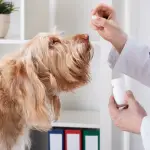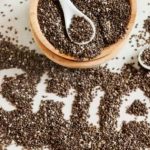
Chia seeds are great for dogs as they are a nonallergenic food source and have no taste or smell so you should not have an issue adding them to your dog’s diet.
1. Soak the seeds
Chia seeds can absorb 9-10 times their weight and not only does this help with any possible blockage or choking hazards, but it also makes the seeds a lot easier to digest and increases nutrient absorption.
When given dry, the seeds can get lodged in the esophagus easily or pull moisture from the intestinal system and cause internal swelling. This can lead to many complications including blockage, which can be life-threatening.
This is especially important to note in dogs that suffer from esophageal dysfunction or have difficulty swallowing.
You can prevent this from happening by first mixing the seeds with some water and giving the seeds time to swell.
Ideally, for every 1/4 cup of chia seeds soak in 3-4 cups of water for at least 20-30 minutes, or if you can soak them overnight.
Hydrating chia seeds also have the added benefit of making them more bioavailable for your pet’s body to use.
This is because soaked chia seeds release enzyme inhibitors that naturally serve to protect the seed from sprouting prematurely. Like all seeds, chia seeds contain digestive inhibitors, and phytic acid (which binds to some minerals like zinc & iron in the body which in turn prevents uptake) but soaking them helps remove this barrier.
Without soaking first, these enzyme inhibitors may bind to nutrients and cause gi irritation.
2. Observe your dog
The first couple of times you give your dog chia seeds make sure you pay close attention to them. Watch for any signs of gagging, allergic reaction, or gastrointestinal upset. You may need to decrease the number of seeds you give them or discontinue use at all
3. Consult your veterinarian
Always consult your veterinarian prior to giving your pet chia seeds, this way they can recommend a starting amount to give with meals.
4. Keep water close by
Have a fresh bowl of water available for your pup when you give them chia seeds with their meals. Always make sure your pup has plenty of fresh water and if your dog has IBD, you may want to limit their intake during a flare-up for this reason.
5. Choose organic
Choose organic chia seeds to prevent your dog from eating unnecessary chemicals like pesticides or introducing GMO ingredients into their diet
6. Check your dog’s food
Make sure your dog isn’t already getting chia seeds in their diets since many popular brands are now including them in their formulations because as the saying goes, too much of a good thing is a bad thing! If your dog is eating too much chia, they could have issues like hypoglycemia, stomach aches, and diarrhea.

